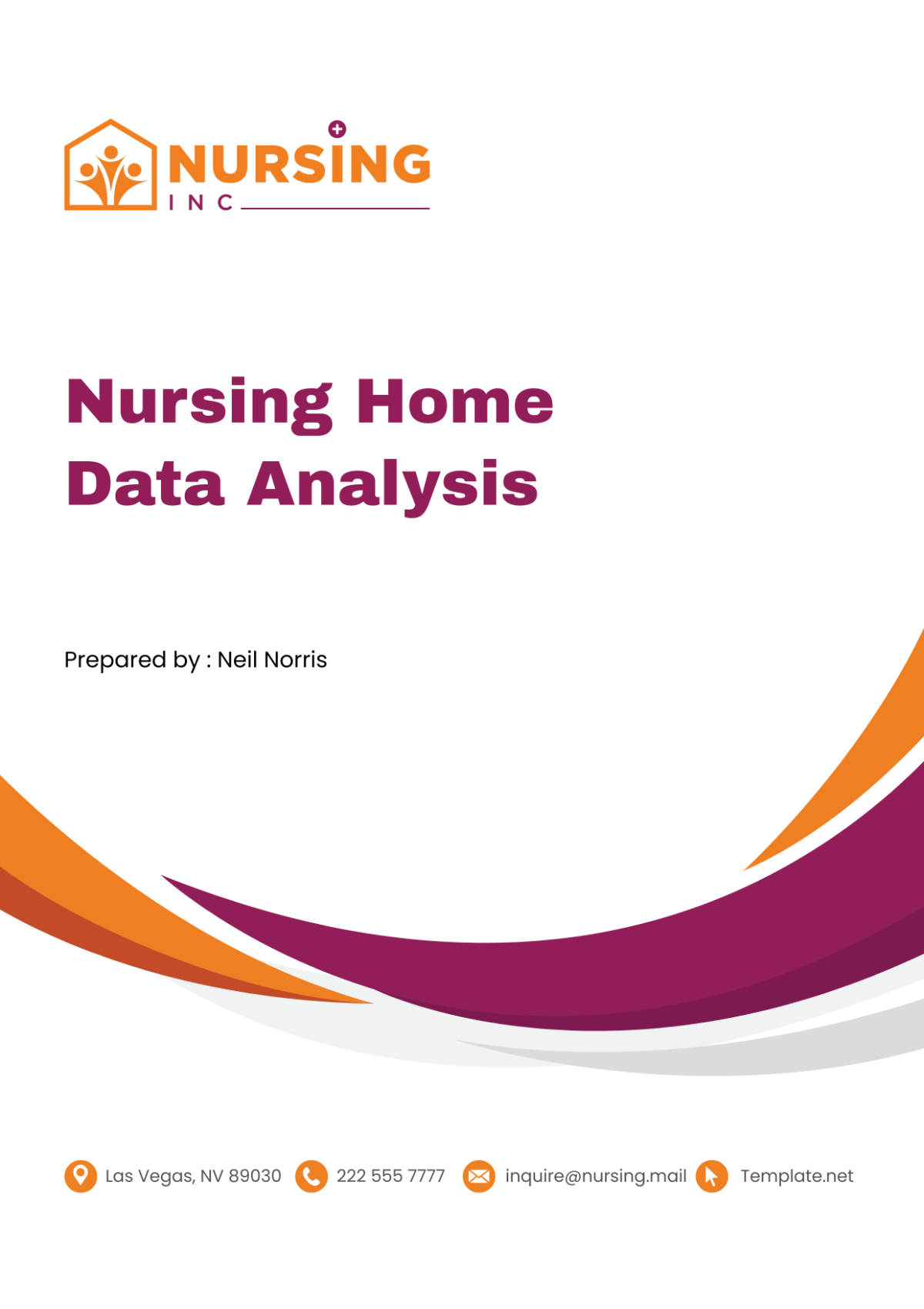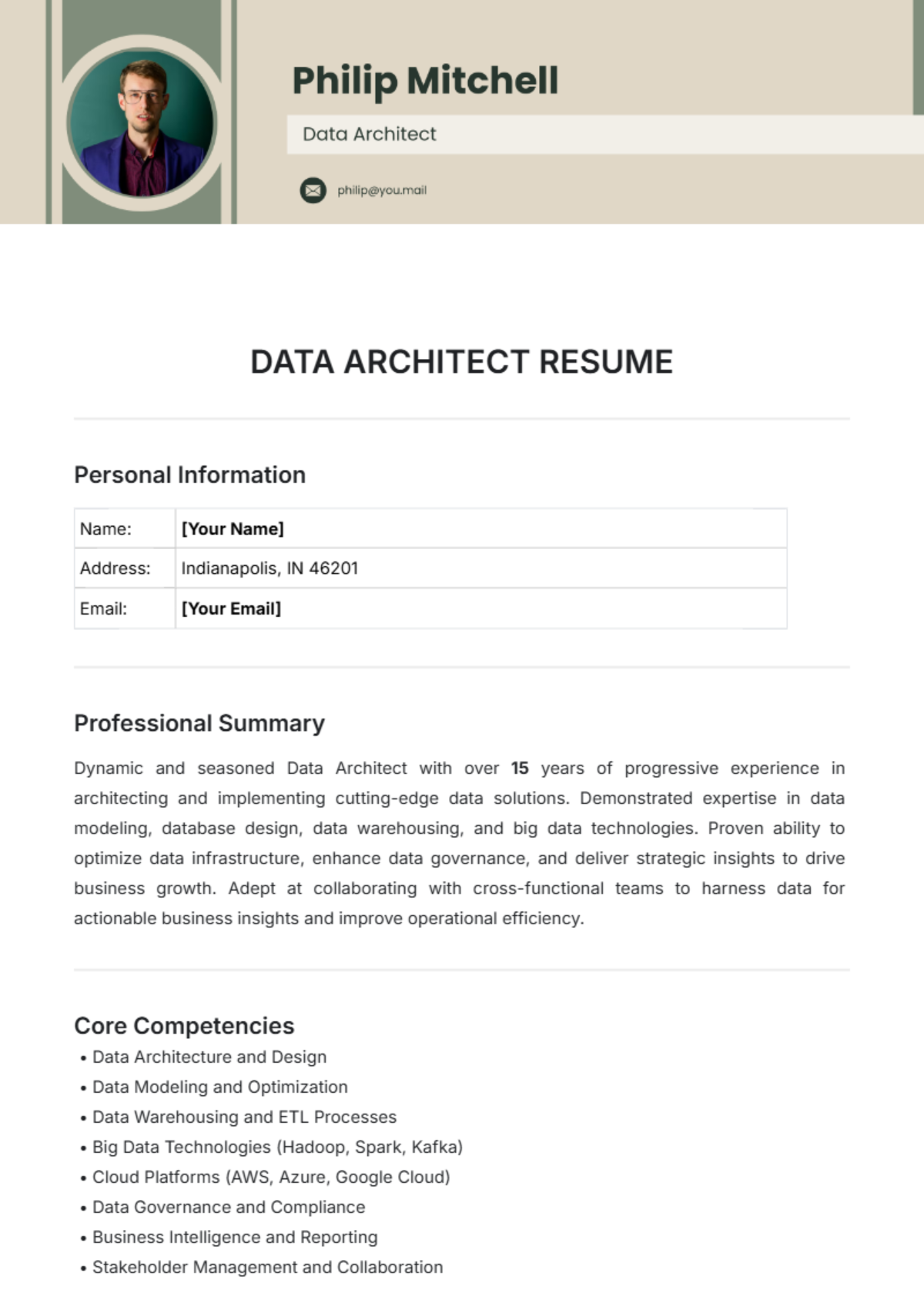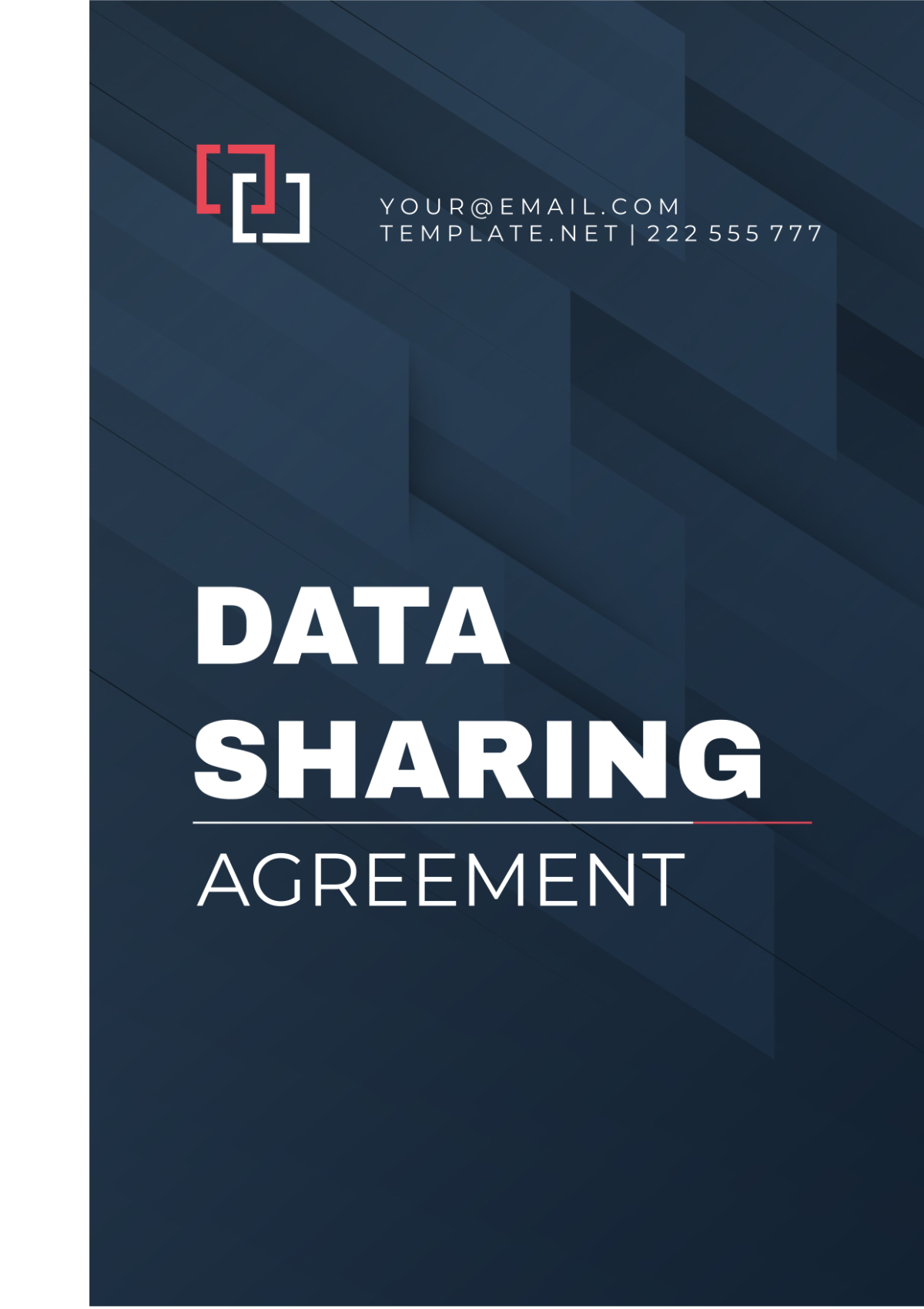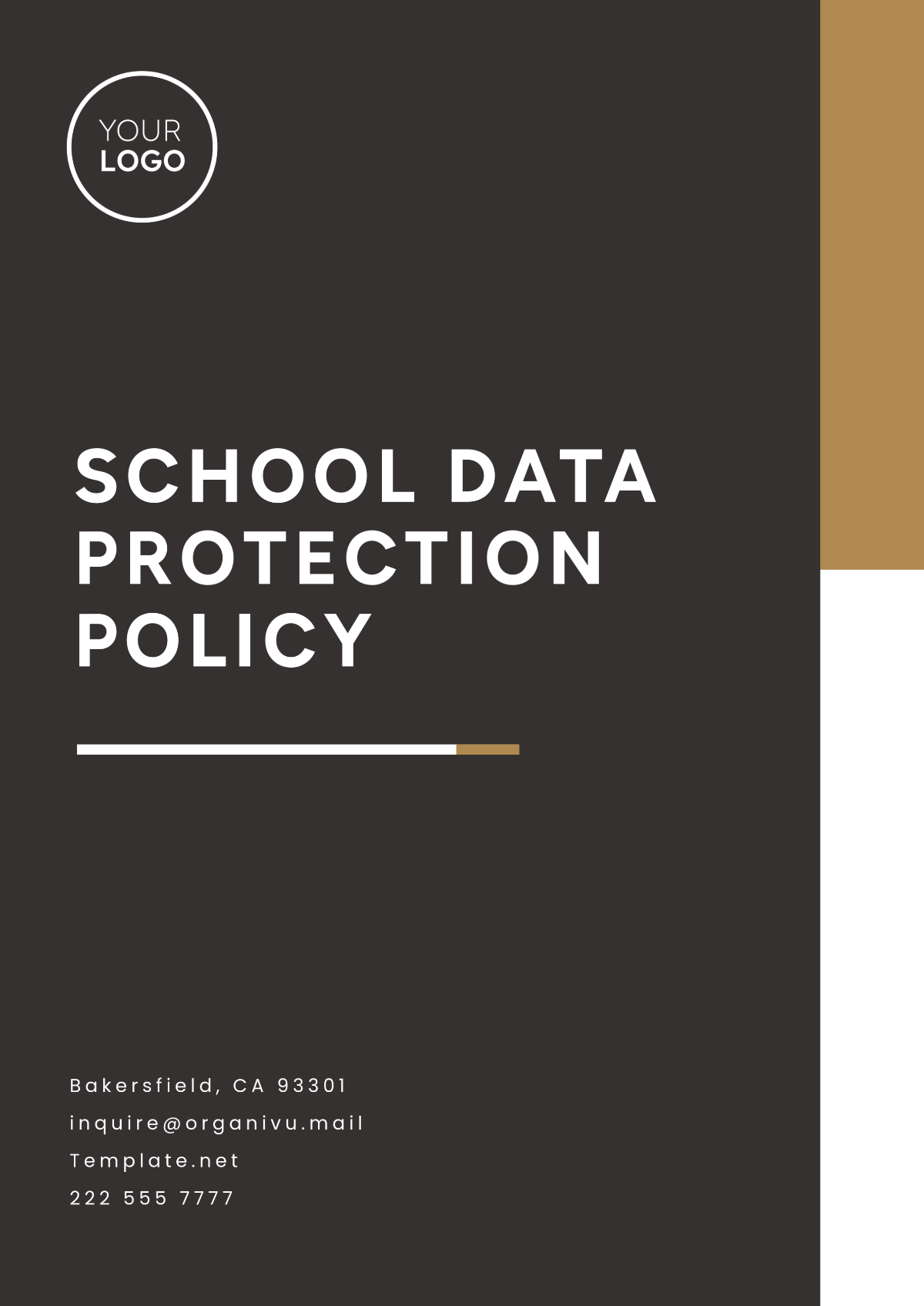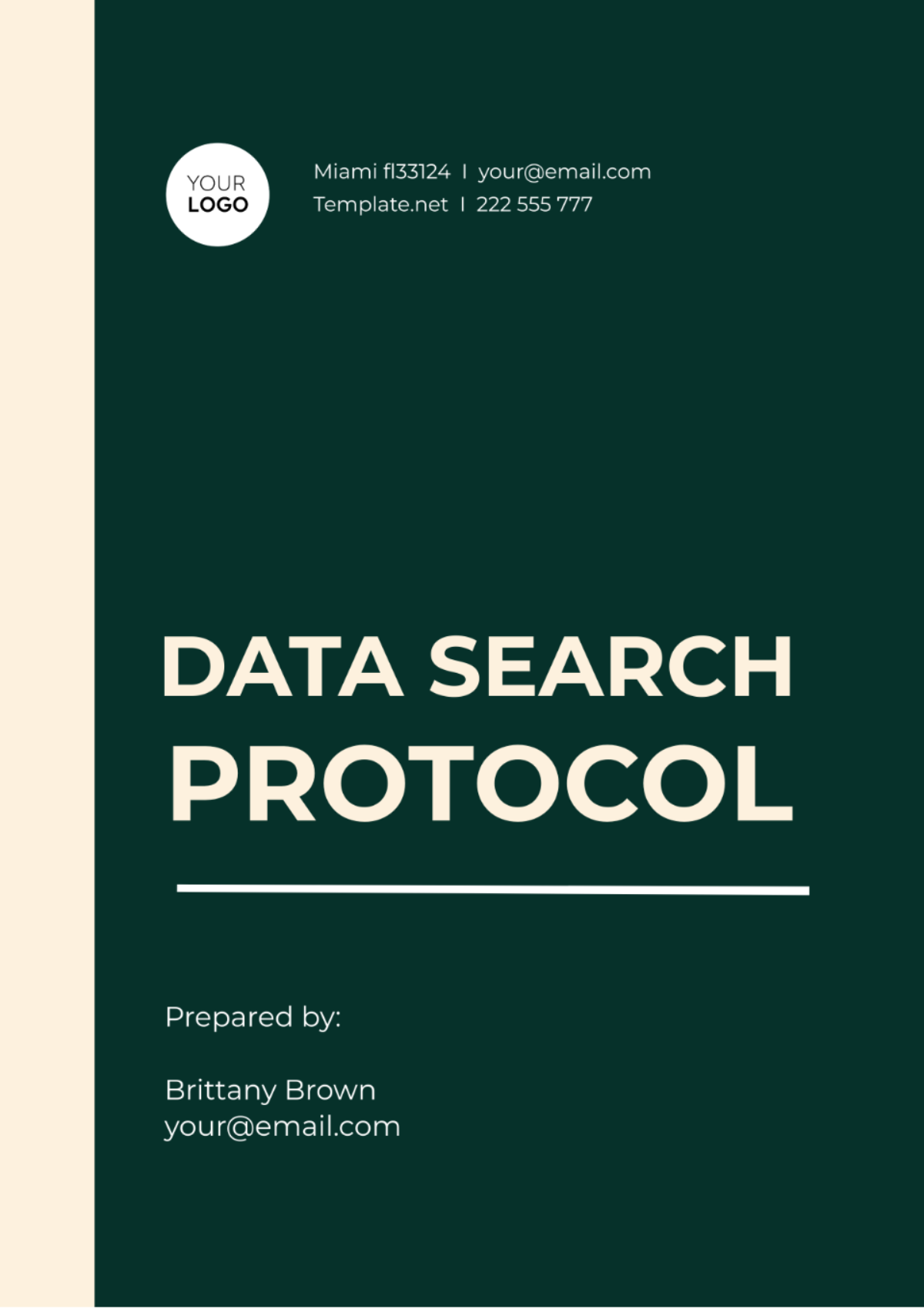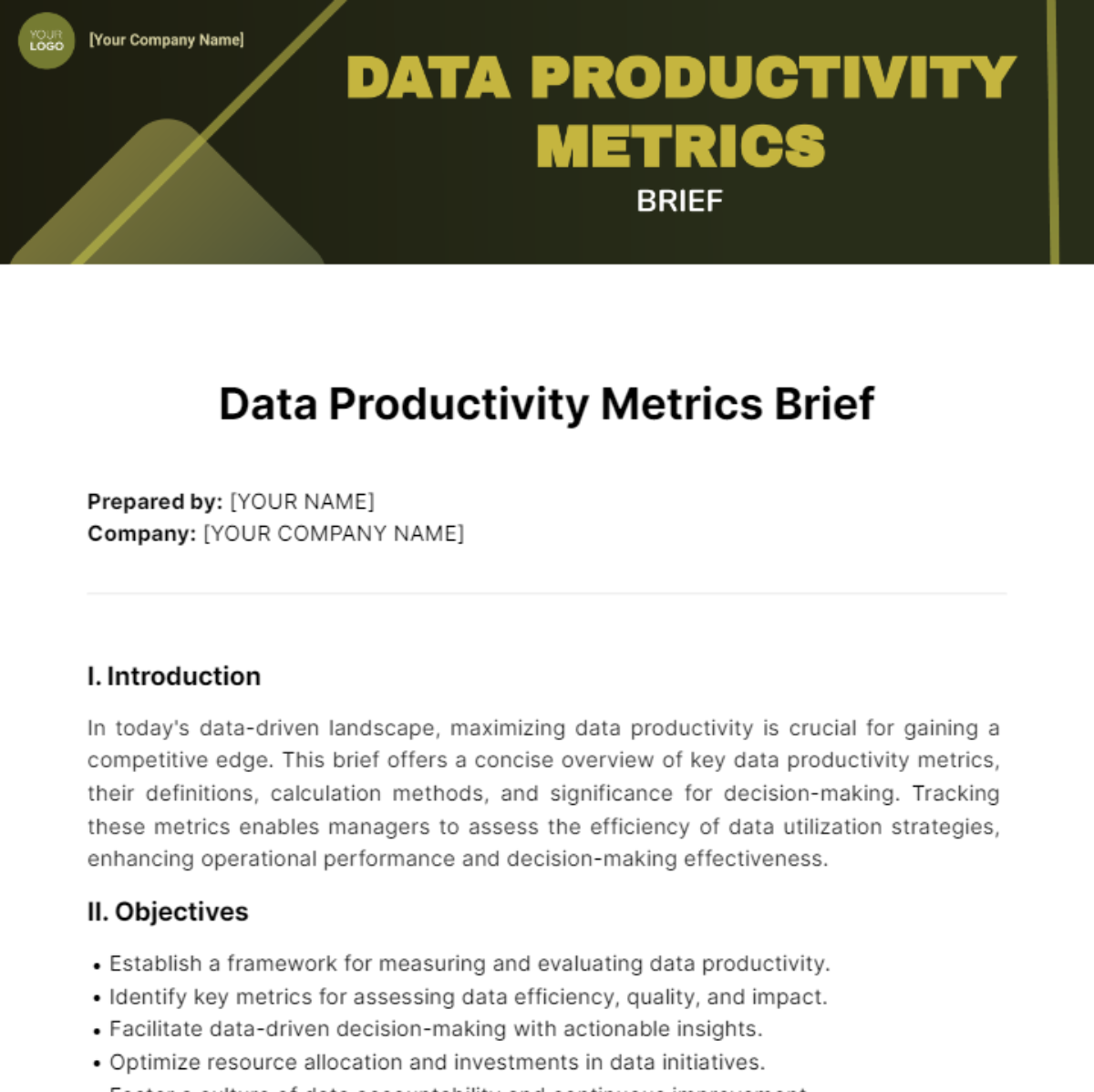Ethnography Data Coding
Prepared by: [Your Name]
Date: [Date]
I. Data Preparation
Before beginning the coding process, it is crucial to prepare your data adequately. This preparation includes:
Transcription: Converting interviews, focus groups, or recorded observations into written text. For example, if you conducted an interview in 2055 using advanced voice-to-text technology, ensure the transcriptions are accurate and reflect the nuances of the conversation.
Organization: Sorting and categorizing field notes and other raw data. In 2050, you might use AI-powered tools to automatically tag and sort data based on contextual analysis.
Format: Ensuring that all data is in a compatible format for coding. With advancements in digital tools, consider using cloud-based platforms for easy access and collaborative review.
II. Codebook Development
Developing a codebook is essential for maintaining consistency throughout your coding process. This includes:
Creating Codes: Define each code clearly. For instance, in a 2055 ethnographic study on virtual communities, codes might include “Virtual Interaction,” “Digital Identity,” and “Cyber Rituals.”
Code Definitions: Provide detailed descriptions and examples. For example, “Virtual Interaction” might be defined as any form of communication or engagement occurring in a digital or virtual space.
Examples: Illustrate codes with specific examples from your data. If you’re coding a study on 2055 online social platforms, an example for “Digital Identity” could be the ways individuals present themselves through avatars and profiles.
III. Initial Coding
Initial coding, also known as open coding, involves:
Breaking Down Data: Decompose the data into discrete segments. For instance, in 2055, you might use advanced AI tools to segment data based on thematic content automatically.
Tagging with Provisional Codes: Apply preliminary codes to data segments. During this stage, consider new codes that emerge from the data rather than sticking rigidly to predefined codes.
IV. Focused Coding
Focused coding involves:
Refining Codes: Consolidate and refine initial codes. This process helps in clustering similar codes and identifying overarching themes.
Significant Codes: Focus on codes that appear frequently or are particularly significant. In 2055, you might use AI-driven pattern recognition to identify these key codes efficiently.
V. Categorization
Code | Description | Category | Definition of Category |
|---|---|---|---|
Virtual Engagement | Instances of interactions in virtual environments | Digital Interaction Patterns | Patterns and trends in interactions occurring within digital and virtual spaces |
Digital Communication | Forms of communication through digital channels | Digital Interaction Patterns | Various methods of exchanging information in digital platforms |
Augmented Reality Socializing | Social interactions within augmented reality | Digital Interaction Patterns | Social behavior and engagement in augmented reality environments |
Virtual Rituals | Repeated cultural or social practices in virtual spaces | Virtual Community Practices | Shared cultural or social activities occurring within virtual communities |
Digital Communal Activities | Group activities and events in digital spaces | Virtual Community Practices | Collective activities and events within digital or virtual communities |
Virtual Community Building | Efforts to create and strengthen virtual communities | Virtual Community Practices | Processes and strategies used to form and develop online communities |
Cyber Rituals | Cultural or ritualistic practices specific to digital or cyber contexts | Digital Culture | Cultural practices and rituals that emerge within digital or online environments |
Online Social Norms | Accepted behaviors and etiquette in online interactions | Digital Culture | Norms and standards guiding behavior within online and digital interactions |
VI. Data Analysis
Data analysis involves:
Synthesizing Data: Combine and interpret the categorized data. Identify patterns and themes that emerge from your analysis.
Analytical Memos: Document insights and emerging theories. Use future analytical tools like “InsightAI” to assist in drawing connections between categories.
VII. Validation
Validation ensures the reliability of your findings:
Triangulation: Use multiple data sources or methods to verify findings. For example, cross-check findings from virtual communities with those from physical community observations.
Member Checking: Get feedback from participants to ensure their views are accurately represented.
Second Coder Review: Have a second coder review the data for consistency.
VIII. Reporting
In the reporting phase:
Compile Findings: Present your main themes and supporting evidence in a cohesive report. Use advanced visualization tools to create interactive charts and graphs.
Narrative: Write a detailed narrative that includes insights and interpretations.
IX. Reflection
Reflection is crucial throughout your research:
Evaluate Methodology: Assess your coding process, including any biases or limitations.
Improve Practices: Reflect on how your methodology can be refined for future research.







